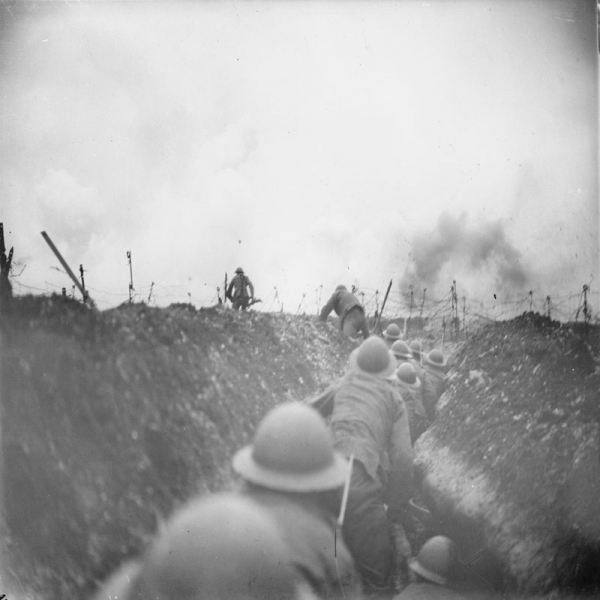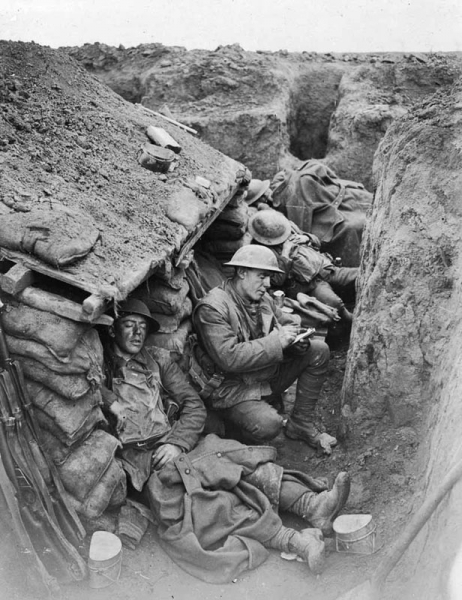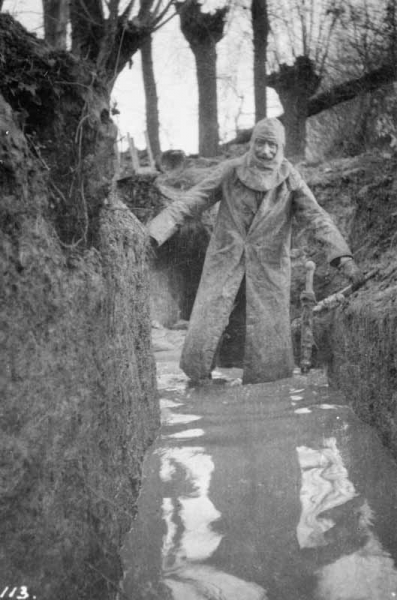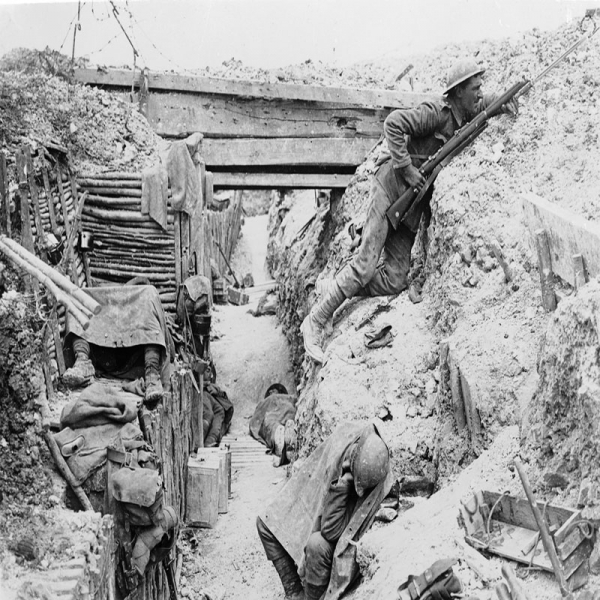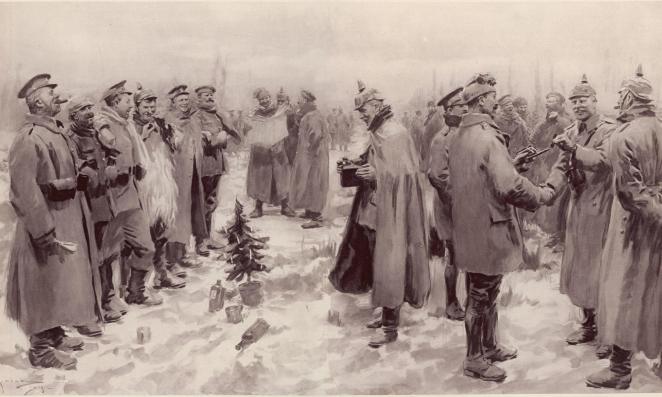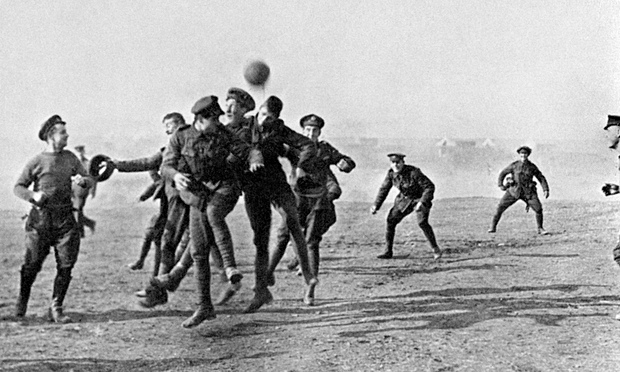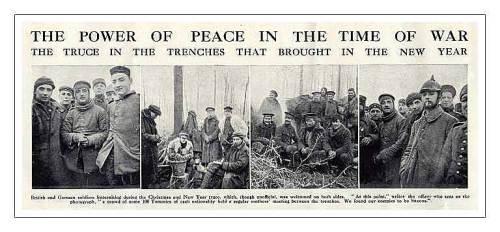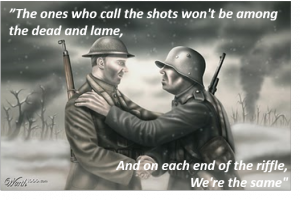
Hello again, my friends, and welcome to another installment of Horse Trough Time Machine!! As your faithful pilot of this very real gadget, my goal is to use its extraordinary capacity for time travel to bring you to places and points in history both near and far, but this week we’re going to stick close to home once again, both in time and space. I’m trying to break her in easy these first few outings so she doesn’t malfunction halfway to the Copper Age. Ya see, they voided the warranty on my horse trough- some fine print bullshit about “modification”- and I ain’t exactly got the coin to build another one if she goes tits-up. In this economy, time machines are of secondary concern to the average American household, and mine is no different. So we’re going to go back to the late 1970’s in the boom town of Rock Springs, Wyoming for a story about crime, corruption, and a killer cop.
In 1976, the town of Rock Springs was experiencing a massive influx of out-of-town workers, who were filling newly created jobs in the coal mines and the oilfield. Where there is an explosion of people and money, crime and trouble are sure to follow, and it seems that Rock Springs was an extreme case. The bars and saloons on K Street were completely inundated by thrill seeking roughnecks who would go to blow off steam in every debaucherous way you can think of. Prostitution, drugs, and gambling were thriving unchecked throughout the city, and criminals were profiting in an almost mafia-style manner. Multiple sources at that time were also implicating members of the city government in profiteering off of the crime rings, and local law enforcement was completely ineffective in reining it all in. The widespread corruption and criminality were featured in a 1977 episode of 60 Minutes, which profiled the situation in an extremely damaging light. The beleaguered local law enforcement officials suddenly found themselves under nationwide pressure to do something about their crime-besieged city. There are a couple of very important characters in the story that followed, the first of which was Ed Cantrell.
Cantrell was born and raised in rural Indiana, where he excelled at sports and earned football and basketball scholarships to Indiana State College. After attending college for 3 years, he decided to enlist in the Army in 1948, where he served as a Military Policeman. After finding a love of law enforcement, he eventually returned to Indiana to graduate with honors from the Indiana State Police Academy. He was known for being a hard ass and had an appreciation for hunting, fishing, and marksmanship. So when he visited Wyoming with his family, he found a perfect place to match his rough and tough, hardened approach to law enforcement and life in general. He spent time as a Wyoming Highway Patrolman and a range detective in Lusk, before settling down in Rock Springs as the new Public Safety Director. His no-bullshit personality, and his reputation for being “the fastest gun in The West” was just what Rock Springs needed to begin to turn things around.
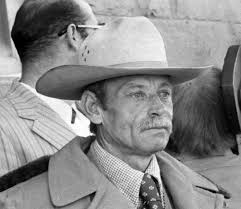
Ed Cantrell grapples with intense emotion before
releasing his mustache into the wild.
Cantrell realized that to have any impact on the lawlessness that was pervading Rock Springs, he was going to have to enlist the help of an undercover agent, and in the fall of 1977, he hired officer Michael Rosa. Cantrell had learned through law enforcement channels that Rosa had done some great undercover work in Gillette, and that he had begun his life and law enforcement career on the tough streets of New York City. He seemed just the kind of rough-and-tumble fellow that could imbed himself deeply in the underbelly of the Rock Springs crime circuit and bring about some much needed change.

I couldn’t find any pictures of the Michael Rosa in this particular story, but this man’s
name is Mike Rosa, and he probably played for the Florida Marlins in the 90’s.
Rosa was indeed a man devoted to bringing positive change through his undercover work, and he was remarkably successful at it in Rock Springs. His investigations led to several high profile arrests, and he was making a name for himself within the ranks of the Rock Springs Police Department. But the name he was making wasn’t a good one where his fellow officers were concerned. Almost all of his peers thought he was arrogant and egotistical, and it’s believed now that he was on the verge of exposing corruption within the police department. Rosa is remembered by some as a Serpico-like character, sort of a boy scout, who wanted to snuff out crime and corruption no matter where he found it, even if it fell within the ranks of his brothers in blue. Yet it’s also known that his undercover operations brought him into contact with alcohol and cocaine, both of which he had become addicted to. His troubles were growing all around him as he tried to reconcile his personal vices with his desire to bring justice to the corruption that surrounded him.
While these interpersonal qualms were playing out between Rosa and the rest of the police department, a Special Grand Jury was being appointed by the State of Wyoming to investigate the ongoing corruption in the Rock Springs city government, in direct response to the 60 Minutes exposé. Michael Rosa was subpoenaed as a star witness for the State, and he was expected to divulge incriminating evidence that would expose a massive corruption ring, supposedly at the highest levels of government. In the days and weeks leading up to the court proceedings, Rosa had been drinking at the local bars and telling fellow patrons that he was going to drop a bombshell that would bring the entire police department to its knees.
On July 14, 1978, just two days before he was to testify before the Special Grand Jury, Michael Rosa was drinking and carrying on at the Silver Dollar Saloon. The story that follows is convoluted, and there are several different versions. Public Safety Director Ed Cantrell, who by this time had a deep hatred for Michael Rosa, was riding in a car with two fellow officers, Jim Callas and Matt Bider. They had gotten word that Rosa was at the bar talking about this “bombshell” he was going to drop in a couple of days. Cantrell and the officers drove to the Silver Dollar and parked outside. They radioed the dispatcher and instructed him to call the saloon and tell Rosa to come out to meet them, so that they could discuss an ongoing drug case. Rosa walked outside with a glass of wine in his hand and his gun in his holster, and he proceeded to climb into the driver side backseat. Officer Bider was in the passenger side backseat, Officer Callas was driving, and Ed Cantrell was riding shotgun. What happened next is the subject of a lot of conjecture, but what is definitely known is that within seconds, Ed Cantrell drew his gun and shot Officer Rosa right between the eyes. Cantrell then called investigators to the scene and turned himself into the police station.
This story is pretty dirty and suspicious thus far, but from where I’m sitting in the Horse Trough Time Machine, this murder trial is where things start to get really crazy.
Ed Cantrell was charged with 1st degree murder and was released from jail on a $325,000 bond after spending 10 days in the State Hospital in Evanston for psychiatric evaluation. He then hired prestigious defense attorney Gerry Spence and went into hiding on Spence’s ranch until trial. Because of the national media the case was attracting, the defense made a motion to move the venue of the trial from Rock Springs to Pinedale, a motion which was granted by the judge. From what I’ve read, errrr I mean observed from the calming waters of the time machine, Pinedale at this time was INCREDIBLY conservative, and it is certainly still that way today. It was said to be a community of people who held their law enforcement in the highest esteem and had a deeply engrained wild west mentality. The jury from Pinedale heavily favored Cantrell’s tough-on-crime reputation right out of the gate.
During the trial, Officer Callas, who had been driving the vehicle when Rosa was killed, testified in court that Cantrell had said something to the effect of,”We ought to take out him out somewhere and kill him”, just minutes before the killing took place. But defense attorney Gerry Spence was determined to paint a different picture. To convince the jury that it was a case of self defense, even though Rosa’s gun was never drawn, he brought in a world renowned gunslinger named Bill Jordan to testify before the court. Though he had absolutely nothing to do with the case, Jordan demonstrated to the jury that he could pull his gun and fire off a blank before another officer in the court could pull the trigger on a cocked and loaded gun that was already in his hand. Spence then asked Jordan before the court if he had ever seen Cantrell draw and fire a gun before, to which Jordan replied that he had. Spence asked him how fast Cantrell was with his quickdraw, and Jordan replied,”A little faster than me.” This show of wild west magic was apparently all the Pinedale jury needed to see to believe that Cantrell had shot in self defense, even though Rosa’s gun never left its holster. Within a couple of hours, the jury returned a plea of not guilty, and Cantrell was a free man. Many of the people of Rock Springs were in uproar over the verdict. Gerry Spence later asked Cantrell what he thought about that, to which Cantrell replied, “Fuck it. I’m free.”
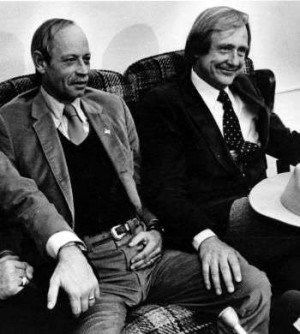
Ed Cantrell grasps his appendix as his roommates
assure him it’s not gay when you’re in college.
The huge amount of press that this case received brought about sweeping changes in the political climate and in the police force of Rock Springs. There were a lot of good people there in those days, just like there are today. But like many Wyoming oilfield towns, it still endures some degree of stigma about crime and drug use. Mostly because of all the crime and drug use. As soon as I got back from this adventure in the Horse Trough Time Machine, I docked it in the Horse Stable of Awesomeness Past, and I came inside and hopped on the internet to see what else I could find out about this story. I was able to find just a couple of interesting articles that document some very telling eyewitness accounts of the corruption in Rock Springs at that time. But for as much nationwide press as this story received, I could find very few sources for information on it. There is an episode of A&E’s City Confidential available on Youtube that kind of favor’s Cantrell’s side of the story, but there’s also a really crazy People magazine article from 1978 that gives convincing accounts from Rosa’s wife and from city officials who all say he was murdered at the hands of those who wanted to silence him. One of the officials in the People article is a former sheriff who’s scared for his life and has a dog named Satan. The article is really good. As always, I will link to those sources at the bottom of the page. There are probably going to be a few similarities between what I told you about my trip in the time machine and what you learn from those sources, but that’s just the way history works. It repeats itself.
People magazine article (must read)- http://www.people.com/people/archive/article/0,,20071574,00.html
City Confidential episode- https://www.youtube.com/watch?v=LgT0RoWSC8Q
Ed Cantrell Wikipedia- https://en.wikipedia.org/wiki/Ed_Cantrell






